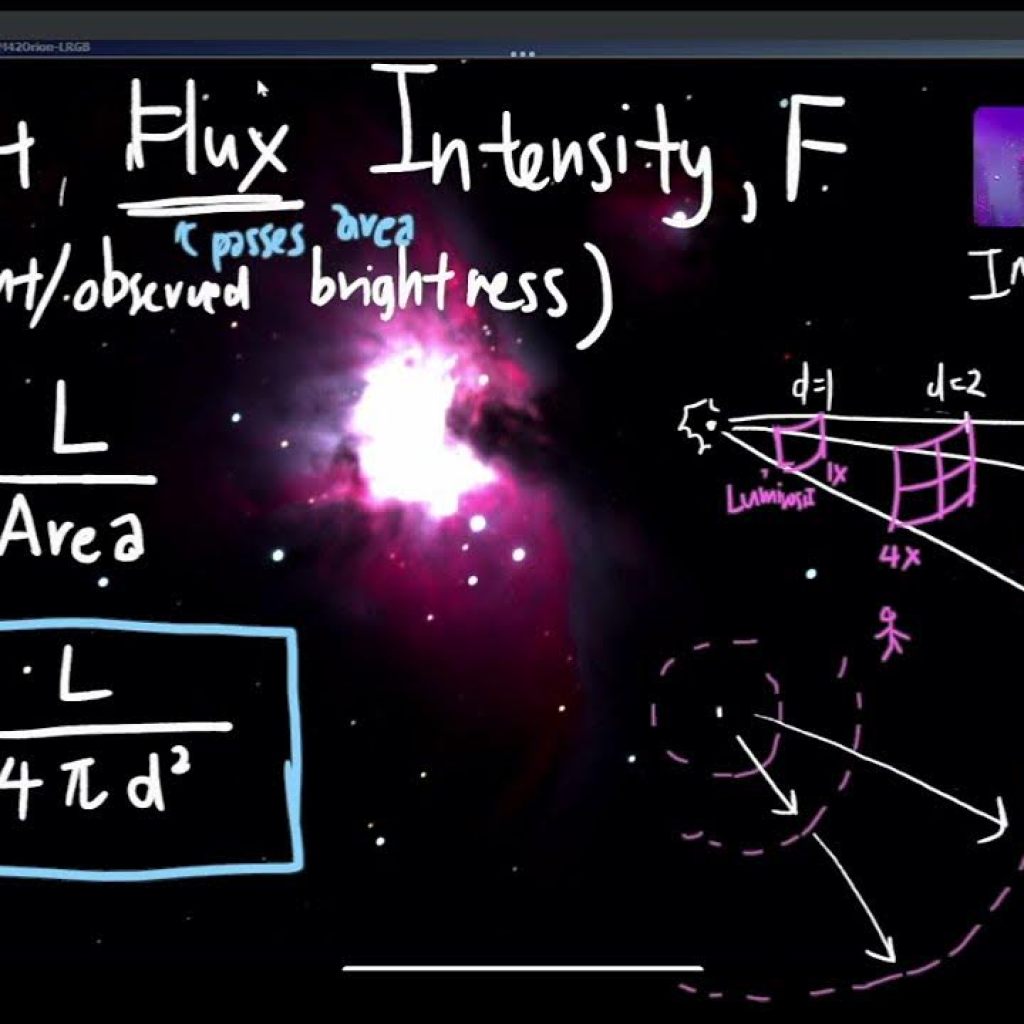Contents

Source: YouTube
The World of Laser Technology
Understanding Various Aspects of Laser Technology
Laser technology has revolutionized numerous fields, from telecommunications to healthcare. Let’s delve into some key concepts and applications within the realm of lasers.
Frequency Combs and Broadband Light Sources
Frequency combs are precise tools used in various applications, including optical frequency metrology and spectroscopy. They consist of equally spaced spectral lines that act as a ruler for measuring different wavelengths of light. On the other hand, broadband light sources emit light over a wide range of frequencies, making them valuable in areas such as optical coherence tomography and sensing.
Amplifying and Modulating Light Pulses
Amplifying ultrashort pulses involves increasing the intensity of short-duration light pulses, crucial in fields like material processing and medical imaging. Modulating light beams allows for control over the amplitude, frequency, or phase of the light, enabling applications in telecommunications and laser processing.
Manipulating Laser Properties
Adjusting the wavelength of a laser is essential for various applications, such as spectroscopy and medical treatments. Rotating polarization and adapting the phase of light are techniques used to control the properties of laser beams for specific purposes.
Exploring Diverse Laser Applications
Laser technology finds applications in a wide range of industries and scientific fields due to its versatility and precision.
Optical Fiber Characteristics and Laser Beam Focusing
Understanding the acceptance angle of optical fibers and the modes of multimode fibers is crucial for efficient light transmission in telecommunications and data networks. Focusing a laser beam accurately is essential in applications like laser cutting and microscopy.
Enhancing Laser Performance
Maintaining pulse stability in mode-locked lasers is vital for applications in ultrafast spectroscopy and high-speed data transmission. Exploring nonlinear scattering phenomena contributes to advancements in nonlinear optics and laser material processing.
Specialized Optics and Laser Systems
Thin-film polarizers and specialized optics play a key role in manipulating light properties for specific applications. Orange lasers, with their unique wavelength characteristics, find use in flow cytometry, metrology, and other precision instruments.
Conclusion
From fundamental concepts like frequency combs to advanced applications in various industries, laser technology continues to drive innovation and progress in modern society. Exploring the diverse facets of laser technology opens up a world of possibilities for scientific research, industrial applications, and technological advancements.

Source: YouTube
Feel free to comment your thoughts.



